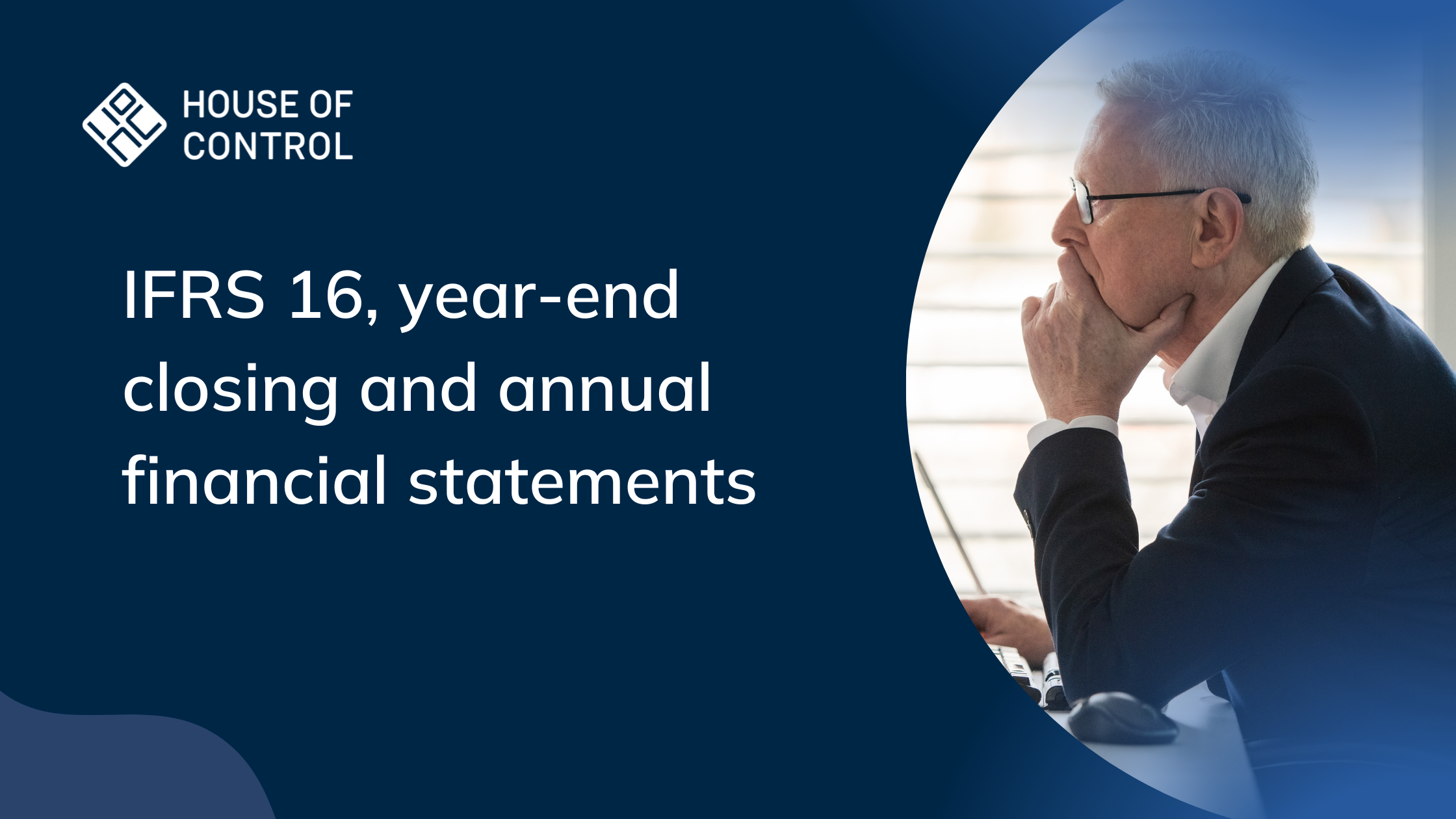6 Tips for IFRS Lease Accounting
How should you handle IFRS 16 lease accounting? What are some of the practical challenges of IFRS 16 compliance and how can you solve them?
We talked with internal and external experts including Danielle Stewart OBE, Head of Financial Reporting at RSM to find the answers to this questions.
We also reviewed recent articles from Deloitte, KPMG, Ernst & Young, PwC and Grant Thornton to understand IFRS 16 reporting best practices.
Before we explore the answers, let's take a quick review of the IFRS 16 single lease accounting model. The new standard has been in effect since January 1, 2019 and become "the new normal for lease accounting around the world."

Lessee Accounting Model
IFRS 16 introduces a single lessee accounting model and requires a lessee to recognise assets and liabilities for all leases with a term of more than 12 months, unless the underlying asset is of low value.
- All leases should be recognised on the balance sheet/statement of financial position
- Lease liability is the present value of the outstanding lease payments.
- 'Right-of-use' asset at the same value plus initial direct costs.
- Rent expense is effectively replaced with depreciation and interest expense
- Exemptions for 'low value' and short life (<1 leases)
- Substantially maintains lessor accounting requirements of IAS 17
So based on this, what can help you comply with IFRS 16 requirements?
Use these 6 tips:
See on-demand webinar: IFRS 16 for the Public Sector
1. Identify all your leases
Maintain complete and accurate record of all the leases that have been entered into at various levels in the company. These should be registered into a central contract database where authorized users can review input and update information.
When entering into new contracts, it is essential that you have a process to identify whether that contract falls within the scope of IFRS 16.
Many businesses are either missing key information, don’t know when new leases are entered into, or don’t have a system to effectively register lease data at all.
2. Calculate lease liability and right of use asset
Once your data is in order, it will be easier to assess and apply the standards when relevant. There may be several considerations that impact how you recognize assets and liabilities.
You will be able to apply IFRS 16 judgements including:
- Establishing the key dates for the lease, including any renewal, termination and purchase options, as well as rent-free periods.
- Deciding which leases are covered by IFRS 16 – and which are not.
- Deciding how to account for different kinds of lease payments (variable and fixed)
- Setting the discount rates for each individual lease
3. OpEx versus CapEx
The distinction between operating costs (OpEx) and capital costs (CapEx) has been removed for contracts covered by IFRS 16.
It is true that when agreements that used to be defined as OpEx end up as assets and liabilities in the balance sheet, liquidity management is rarely affected.
But, when the figures appear in the balance sheet, it may prompt the CFO to review existing strategies for deciding whether to purchase or lease/rent.
4. Maintain multiple books
Companies and subsidiaries that keep their accounts in accordance with IFRS nevertheless pay tax under national rules. This will normally affect the deductibility of leases in the financial statements. You may therefore still need systems and processes in place to distinguish between finance and operating leases.
5. Quantify the impact
Some companies choose to use spreadsheets to make the calculations, while others choose a software solution that is tailored to this particular issue – and is easy to maintain. Specialised accounting software supports your compliance with IFRS 16.

6. Implement suitable controls, systems and processes
“Once you’ve made your way through the IFRS 16 transition process, the journey continues," according to Grand Thornton.
"Keeping your lease data accurate and complete, maintaining up to date accounting judgements, and routinely quantifying IFRS 16 journal entries will need to become business as usual.”
The CFO and accounts team will need to continuously review assumptions across the portfolio. If there are changes to the contract details such as the scope or termination, then relevant changes must be reflected in the value calculations.
There are also several software solutions that help companies comply with IFRS 16.
At House of Control, we have developed a solution that not only accurately calculates balance sheet values, it also gives you outstanding cost control and better foundation for budgeting and cashflow planning.
As a result, it is a tool you can use to save time and improve your reporting processes.
More than 200 companies in Europe have started using our IFRS software. Contact us for more information.

